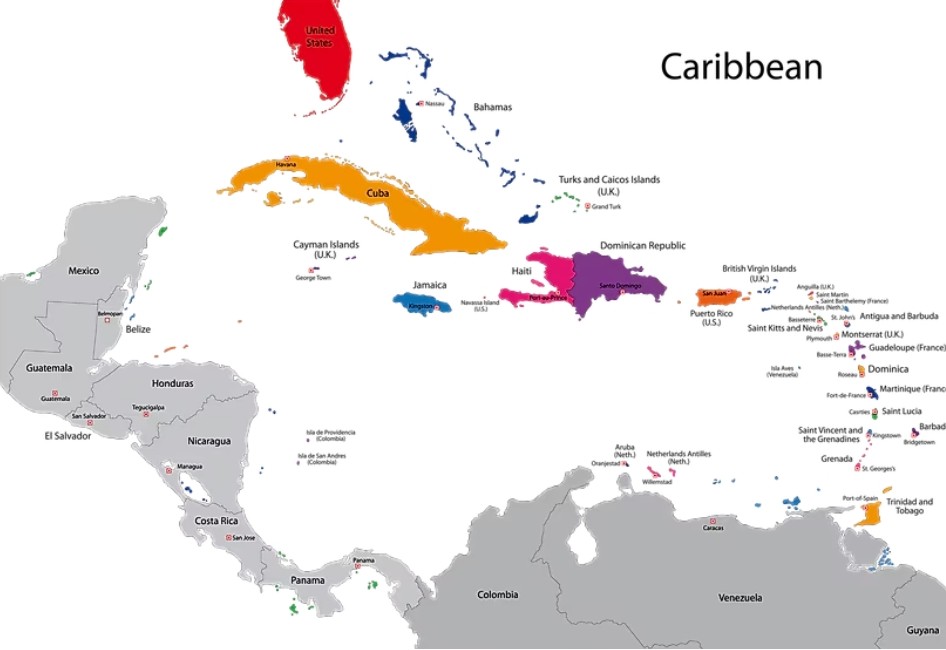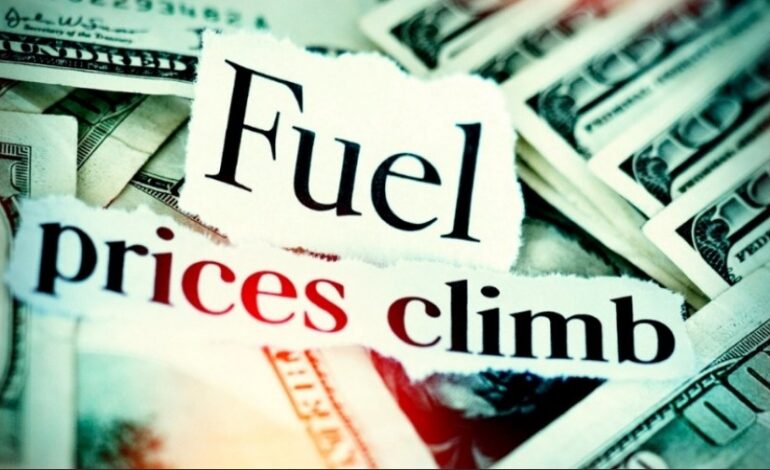
Avellon Williams
HAITI US $0.64 per litre: The ongoing economic crisis in Haiti, characterized by a weakening currency against the US dollar, soaring inflation, and a hike in fuel prices in previous months, has reduced the purchasing power of many poorer households, making basics like food, unaffordable.
Furthermore, global food prices are at an all-time high, with the Ukraine crisis continuing to have a direct impact on food security.
TRINIDAD & TOBAGO US $.84 per litre: Further raising fears that a full-on Russian invasion is underway, the prices of oil, gas and petrochemicals like ammonia are threatening to go even higher.
There may be long-term and short-term effects for the world at large and more specifically for Trinidad and Tobago as an energy and petrochemical-producing nation. However, citizens continue to benefit from heavily subsidized fuel prices which see them paying as little as US 84 cents per litre – one of the lowest fuel prices per litre in the region and the world.
The Government has, however, signalled its intention to remove some of the subsidies if the world oil prices continue to stay at high levels since the strain on its finances due to the COVID-19 pandemic means it cannot continue to foot the burden of fuel subsidies as well.

GUYANA US $.89 per litre: Early on, it was predicted that oil-producing nations like Guyana, which has experienced a major energy boom recently, would benefit from the rising oil prices the most.
Since the war, however, oil prices have almost doubled. While the increase in oil prices has benefited the balance sheet of the Natural Resource Fund (NRF), Guyanese are only just now beginning to grasp the implications of the sanctions imposed by the United States and others on Russia.
Many Guyanese have already felt the economic impact of the Ukraine-Russia tragedy at the pumps, with the Guyana Power and Light (GPL) considering raising electricity rates. The next and most concerning economic impact may be on food security.
ST. LUCIA US $1.14 per litre: Prime Minister of St. Lucia Phillip J. Pierre in a radio and television broadcast on Sunday night, said the government has already started to feel the impact of less revenue being collected as a result of the ongoing situation that he said was “beyond our control.”
He listed among them the military invasion of Ukraine by Russia and the resultant high prices for oil and petroleum products on the global market. Pierre said while his administration remains committed to the prudent management of its finances it is endeavouring to mitigate the anticipated pressures of increases in imported goods.
He said the subsidy will increase further should international oil prices, which are now hovering above US$100 a barrel, continue on the upward trend in the short run if the Russia, Ukraine war escalates and disrupts the global economy even further.
GRENADA US $1.22 per litre: The government has warned Grenada residents to be aware of what is happening in Russia-Ukraine and how it could affect the price of fuel and other items.
Minister of Finance Gregory Bowen says Grenada has $5.50 on fuel tax and if the government keeps it pegged at $15, all that tax will be eaten up when the price becomes EC $20.50. You take the EC$5.50 out and we could reach that in a month or two very easily.
ANTIGUA & BARBUDA US $1.19 per litre: Prime Minister Gaston Brown warned residents to prepare for higher prices due to fuel prices soaring past US$100 a barrel due to Russia’s invasion of Ukraine. Especially if the conflict continues, fuel prices could rise to US $120 within a few weeks.
JAMAICA US $ 1.45 per litre: Due to the elevated crude oil prices and high import costs, Dennis Chung, a financial analyst, believes the Russia-Ukraine crisis will have a severe impact on Jamaica and the wider Caribbean.
Jamaica’s petroleum regulator Petrojam says the cost of fuel is likely to increase in the coming weeks. The crisis will result in higher oil and commodity prices, as well as prolonged inflation in Jamaica, according to Chung. He argues that the country must find ways to reduce its dependence on energy imports or these concerns will never disappear.

ST MAARTEN US $1.79 per litre: After further developments concerning Russia’s recent invasion of Ukraine, St. Maarten’s Ministry of Tourism, Economic Affairs, Transportation and Telecommunication announced that fuel prices will soon be adjusted upwards.
However, the ministry noted the uncertainty of the situation as it explained global prices are at an all-time high and are expected to continue fluctuating. Prices are monitored directly from an independent source, Platts Oilgram Price. The price of fuel had been relatively low since 2008.
The increase in the fuel prices in St. Maarten is directly related to Russia’s invasion of Ukraine and the sanctions recently placed on Russia but there are also other contributing factors such as the slow recovery from the COVID-19 pandemic, oil production companies shifting from cheaper winter to more expensive summer varieties and widespread supply and demand issues. In the context of St Maarten’s high reliance on imports, the ministry warns that further global developments can have an adverse effect on local prices.
BARBADOS US$1.96 per litre: As a response to the news of the Russian invasion of Ukraine, Minister of Energy, Small Business and Entrepreneurship Kerrie Symmonds urged citizens to prepare for the potential impact, revealing that recent developments have made feared increases in fuel prices “almost inevitable.”
But the sanctions, including the shutdown of the Nord Stream 2 pipeline – an important pipeline between Russia and Germany – will hit countries like Barbados that rely on imported energy products to run most of their economic machinery.
In addition, since Europe relies on Russia for 40 per cent of its fuel, the conflict is expected to increase demand from other oil-producing nations.

VENEZUELA US $2.25 per litre: Venezuela’s oil production, which used to be a major exporter to the Caribbean under the PetroCaribe arrangement and Central American countries, has plummeted due to mismanagement and corruption in recent years.
Experts suggest that in light of rising fuel prices, Venezuela could divert some of its current oil exports to China, Central America and the Caribbean.
However, the looming threat of heavy economic sanctions by the United States for doing business with the Maduro government has made some countries fearful of making such oil purchases and will be an impediment even in the face of the current scenario, especially since Maduro continues to remain an ally with Vladimir Putin despite the fact that other major world powers continue to condemn the invasion of Ukraine.
Ultimately, as the Russian-Ukraine crisis continues, it is likely that oil prices will fluctuate further, placing more shock on regional economies and also forcing trickle-down cost effects on other imported commodities, including food and transportation.





Recent Comments